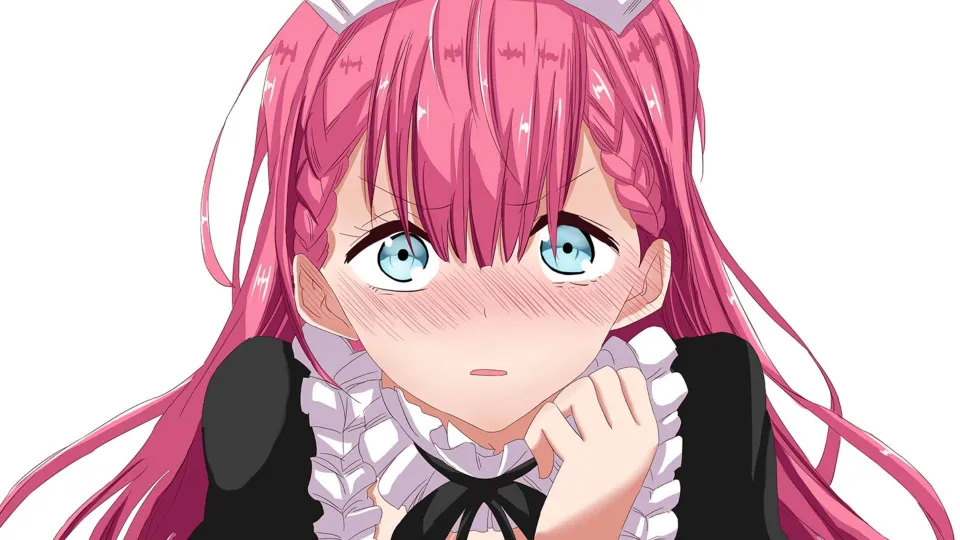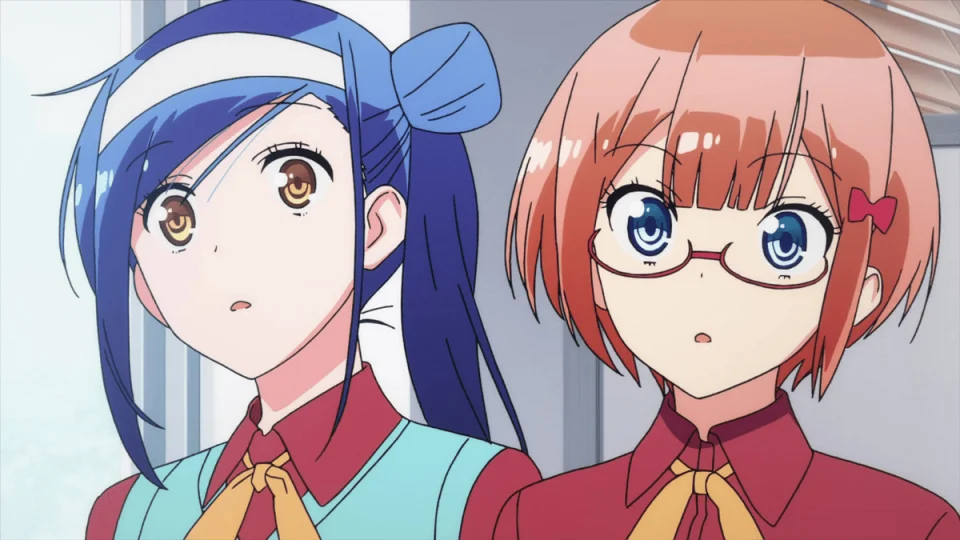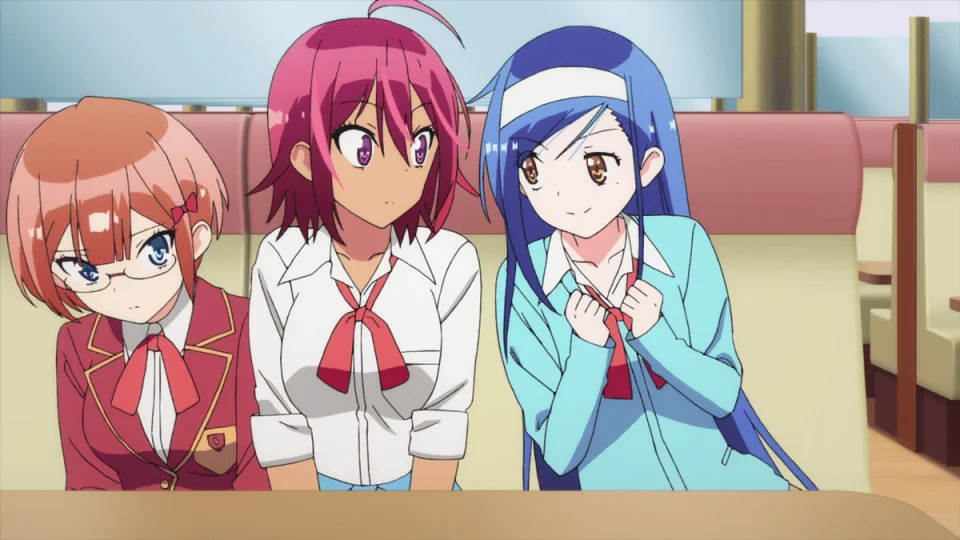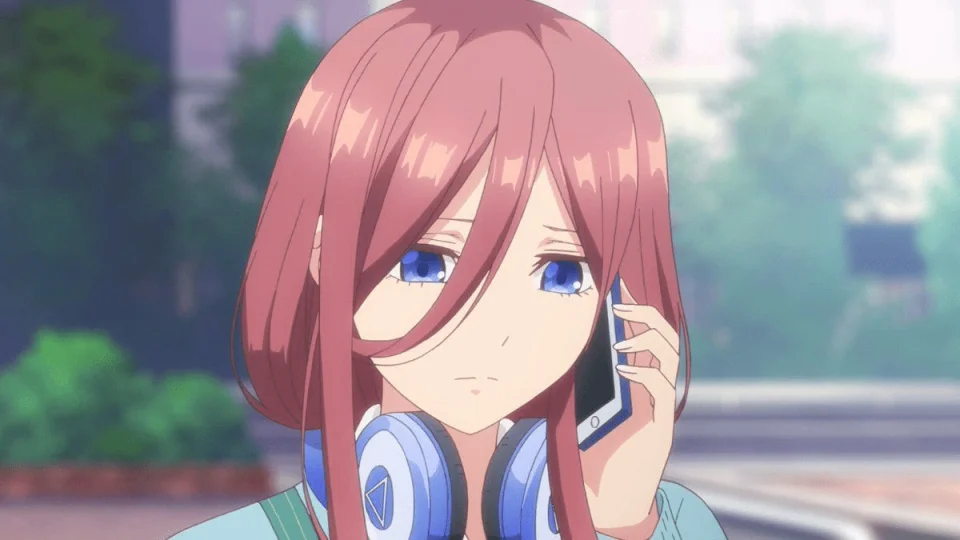We Never Learn made history among romantic comedies

It's already April 7 in Japan, which means it's five years since the premiere of the anime adaptation of the manga written and illustrated by Taishi Tsutsui, "We Never Learn (Bokutachi wa Benkyou ga Dekinai)." Although the anime had multiple glitches towards the end by cutting off much of the content, much of the content adapted from the original manga was quite faithful.

Thus, fans of the franchise recommend avoiding the anime and going straight to the original manga. This is because it's quite difficult to untangle the mess that occurred in the second season of the anime, the omission of a key character can't be ignored, and the manga itself is a fun and light-hearted read anyway.
And that's precisely what we're going to talk about today. Not about the anime adaptation, but about the manga itself. Although it was a romantic comedy combined with a harem of five girls, the play made history by creating different endings for each of them. While this is common in visual novels (i.e., those dating video games so popular with otaku), it's something rarely seen in the world of manga.
The play had a total of six different endings, with the sixth being a "win-win" bonus. Thus, each of the girls had their happy ending in different universes: the first was with Uruka Takemoto having a long-distance relationship with Nariyuki Yuiga until they meet again; the second was with Rizu Ogata, who lives with Nariyuki and runs his family's ramen restaurant; the third was with Fumino Furuhashi, who has his relationship with Nariyuki in college; the fourth was with Asumi Kominami, who lives with Nariyuki on a small island; and the fifth was with Mafuyu Kirisu, who lives with Nariyuki while they both work as teachers.
Harem manga have become the default format for today's romantic comedies, and love them or hate them, they're not going away anytime soon. Taishi Tsutsui's "We Never Learn" looked like it was going to become a relatively successful and enjoyable, but ultimately forgettable, series until the author revealed that the work would have five distinct endings, a somewhat unique experiment. While this unusual approach brought joy to many fans and led to a détente in the waifu wars, it wasn't exactly easy.

The first, and most obvious, problem is that one of the endings seems more canonical than the others, specifically the first, which focuses on Uruka Takemoto, the protagonist's childhood friend. Although each ending takes place in its own volume, Takemoto's begins in the last pages of volume 16, which produces a shocking disconnect if someone were to read the series to the point where the endings diverge and then choose an ending to read. Takemoto's ending is the only one that directly follows the rest of the series.
This problem is compounded by the fact that later endings, especially the one that focuses on fan favorite Fumino Furuhashi, rewrite much earlier events in the series. Fumino's ending turns back the clock to chapter 127, a volume and a half before the series split into alternate endings, and changes an important event. This makes the ending of the second most popular girl seem even less canonical than the others.
The author said that audiences can "take the endings however they want" and that he had planned to make five endings since the series began. I wanted the audience to feel that the final five carried equal weight; The only problem is that the manga doesn't give them the same weight. If you had to guess why "We Never Learn" turned out this way, with five identical endings that don't look very alike, it's because it's never been done this way before in the manga. Visual novels usually have multiple routes that lead to various endings, but it's not something that's actually been done in manga, and the editors are pretty conservative.
Along with "We Never Learn", rival Weekly Shonen Magazine published Negi Haruba's "Gotoubun no Hanayome (The Quintessential Quintuplets)", a story about a high school boy hired as a tutor for five identical twins, one of whom appeared marrying in the manga's opening pages. Although both series were popular, reactions to the end of "Gotoubun no Hanayome" were more divided, as the girlfriend from the first episode turned out to be neither the most popular nor the most obvious sister. Multiple endings would have helped that play a lot and made people more satisfied, that's for sure.

Of course, not all harem manga would benefit from multiple endings." Naoshi Komi's "Nisekoi" was published in Weekly Shonen Jump before "We Never Learn," and there was never any doubt about which of the manga's girls Raku Ichijo would end up with. Although "Nisekoi" had a lot of problems towards the end of his series, they were not related to the girl that Raku would end up with, but were due to a weak story arc before the end, which went on too long.
Despite the problems, the "We Never Learn" experiment turned out positively, so harem rom-coms will have two choices going forward: either they go the "Gotoubun no Hanayome" route and make a single girl win, or they go the "We Never Learn" route and make endings for each of the girls. Of course, there's also the obnoxious option that "no one wins" and the play is left with an open ending, but that's usually the case with stories that accelerated their ending because they were already plummeting.
Source: Reddit

